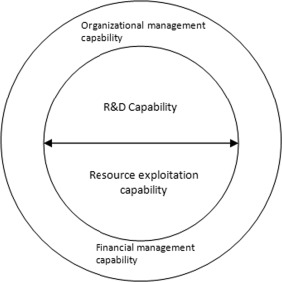Contact Us




Dr. Charlie Zhang
EN 1042
1000 E. University Ave
Laramie, WY 82071
Phone: (307)766-4232
Email: chengyi.zhang@uwyo.edu
Energy and Environmental Related
EVALUATION OF RELATIVE TECHNOLOGICAL INNOVATION CAPABILITY: MODEL AND CASE STUDY FOR CHINA'S COAL MINE
https://doi.org/10.1016/j.resourpol.2018.04.008
After decades of development, China has become both the largest producer and the consumer of coal in the world. The coal mine output has continued to increase, and the production capacity is expanding at an unprecedented rate. However, this level of the output had been accompanied by poor geological mining conditions, low efficiency, high pollution, and high fatality rates. Thus, in order to have healthy development in the future, it is necessary to establish a safe, efficient, and sustainable coal industry in China. This paper examines four key conceptual dimensions for relative technological innovation of China's coal mine: research and development, resource exploitation, organizational management, and financial management. We established groups of indicators reflecting the performance of coal mine's technological innovation activities in each dimension. After reviewing major approaches to increase capacity for innovation, we developed an index system based on Data Envelopment Analysis(DEA) to audit the progress of innovation and development. We performed a case study of twenty certified green coal mines, the result demonstrates that this index system and model can effectively evaluate coal mine's relative technological innovation capability and get the input gap towards safety, efficiency and sustainability.

HOURLY WEATHER DATA PROJECTION DUE TO CLIMATE CHANGE FOR IMPACT ASSESSMENT ON BUILDING AND INFRASTRUCTURE
https://doi.org/10.1016/j.scs.2019.101688
The global climate change research has been conducted for a few years in various professional communities. In the building industry, researchers usually investigate the future building energy demands due to the climate change by simulation software. The input files to the simulation software includes projected weather data and building models. Although there exist a few mathematical methods to project the future weather, the morphing method is the most well-known among them. In the meantime, the simulation software and weather data are in a variety of formats depending on country of origin and/or simulation package. In order to provide both the research and the professional communities the possibility to undertake climate change impact assessments on buildings, coastal engineering and construction, land use and other related areas, this study develops the web-based application Weather Morph: Climate Change Weather File Generator accessible to generate the future weather data for more than 2100 locations throughout the world for all four IPCC (Intergovernmental Panel of Climate Change) emission scenarios in the three future time slices of the 2020s, 2050s and 2080s. The output of the application is projected future weather datasets in formats TMY2 and EPW for general use.
Contact Us




Dr. Charlie Zhang
EN 1042
1000 E. University Ave
Laramie, WY 82071
Phone: (307)766-4232
Email: chengyi.zhang@uwyo.edu
